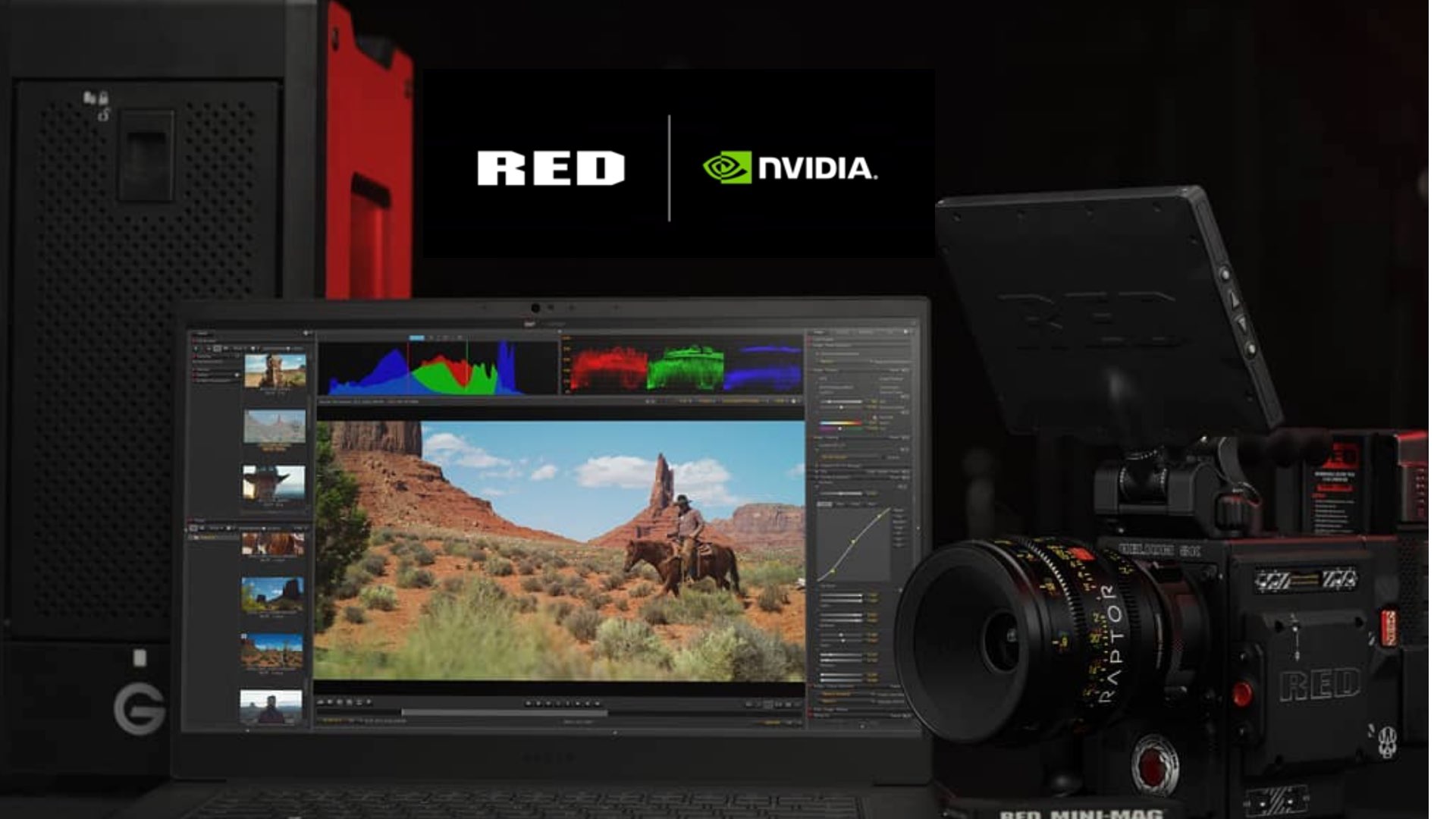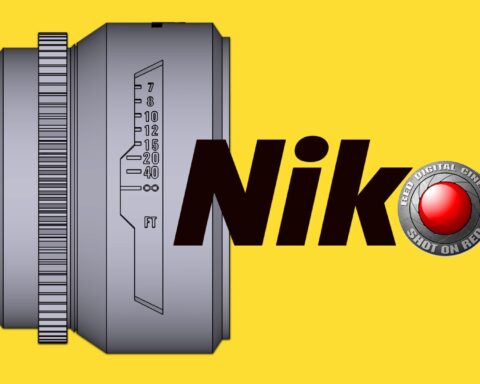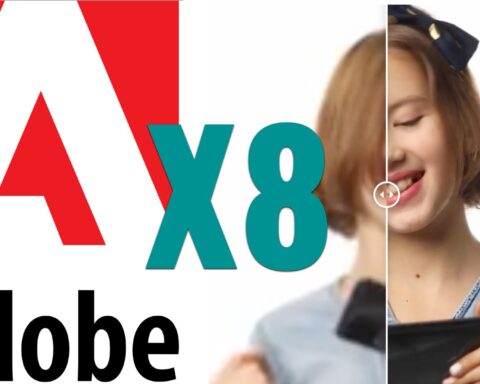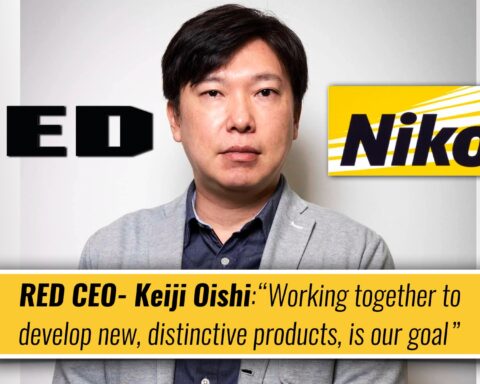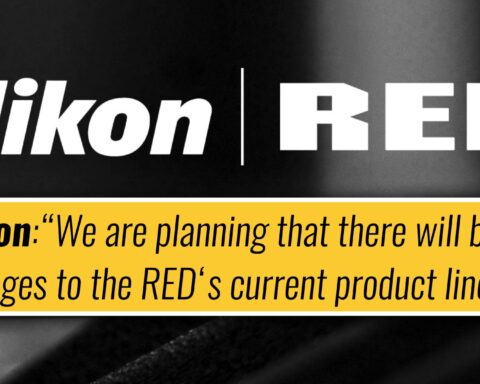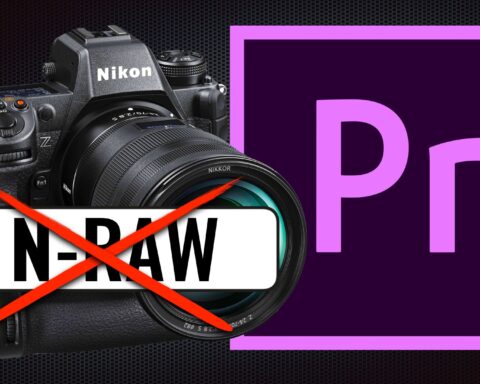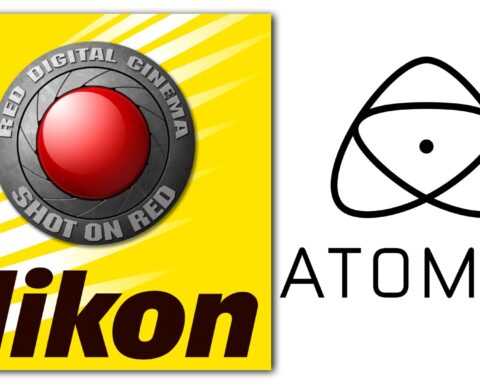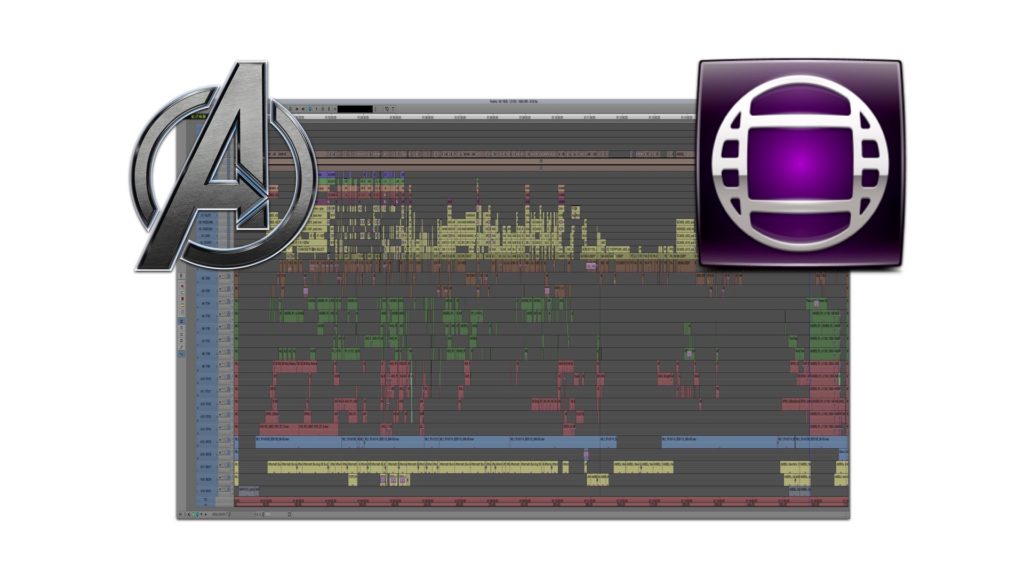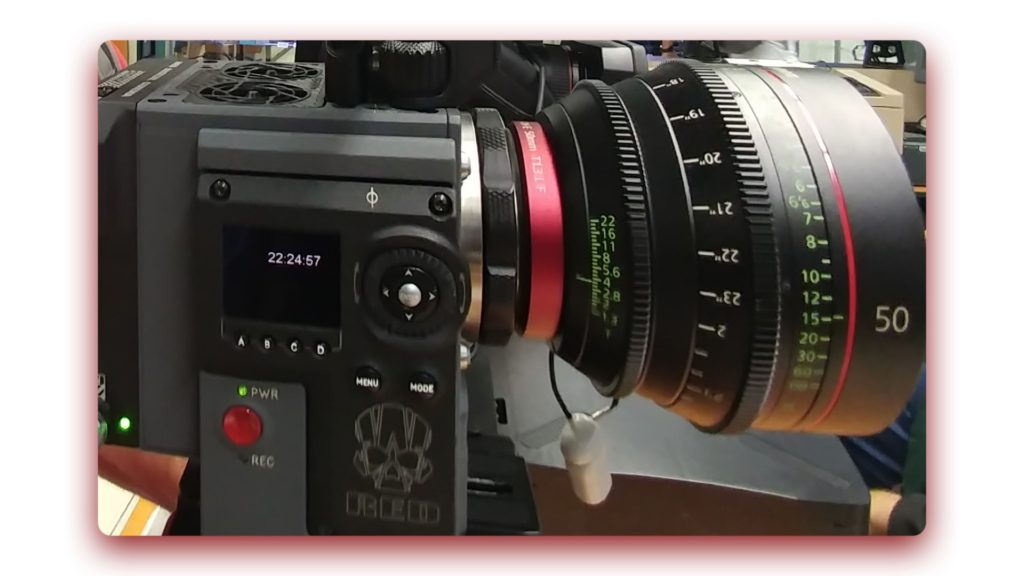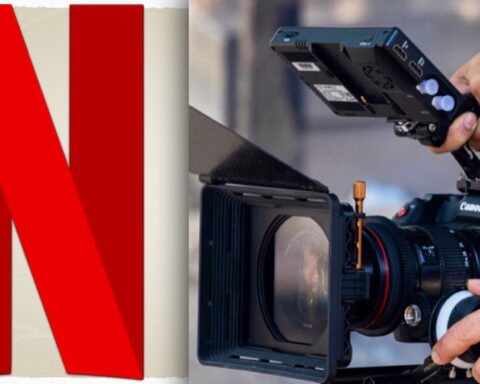Are you desired to edit native 8K files? Here is your chance. The REDCINE-X PRO Version 51 is out of beta. Also RED has released an SDK (Software Developers Kit) that allows developing an NLE compatibility for NVIDIA’s CUDA utilization. Windows platform only!

We have written a couple of articles about this before. There are a few parameters here (Apple, AMD, NVIDIA, and RED). Apple has a sensitive business relationship with NVIDIA which its cards is barely supported. Moreover, NVIDIA is the sole CUDA supported GPU (CUDA was invented by NVIDIA), RED has developed the “stupid” RED ROCKET and so on.
To make the story short (and simple), we can tell you that RED has found an efficient way to edit their 8K files natively, (without the need of transcoding and making proxies) by utilizing CUDE architectures in NVIDIA GPUs. The logic is to remove the load from the CPU into the GPU.
What is CUDA?
CUDA is a parallel computing platform created by Nvidia. It allows software developers and software engineers to use a CUDA- enabled graphics processing unit (GPU) for general purpose processing. The CUDA platform is a software layer that gives direct access to the GPU’s virtual instruction set and parallel computational elements, to enhance and this accelerates GPU processing. It called a CUDA based decoding or CUDA acceleration.
CUDA is a parallel computing platform created by Nvidia

REDCODE RAW compression: 8K effortless
R3D files are heavily compressed. However, it’s not compression like 264 but a much more advanced method. Uncompressed 24 fps 8K RAW is about 5000 MB/s (300 GB/m) which is an enormous amount of data, compared to a REDCODE compression which is about 160 MB/s (9.5 GB/m) (in 8:1 compression rate). However, due to the compression, it requires a proper CPU power to unpack those files.
“Stupid” RED ROCKET
RED tried to simplify workflow by making the “stupid RED ROCKET” (As stated by Jarred Land). RED’s engineers’ calculation showed that the main bottleneck was the CPU, so they tried to focus their efforts on the GPU phase. RED knew that the right pathway is via improving the GPU. It seemed that the $6,750 ROCKET didn’t help here. The guys at RED were eager to find other solutions since resolution continues to grow.
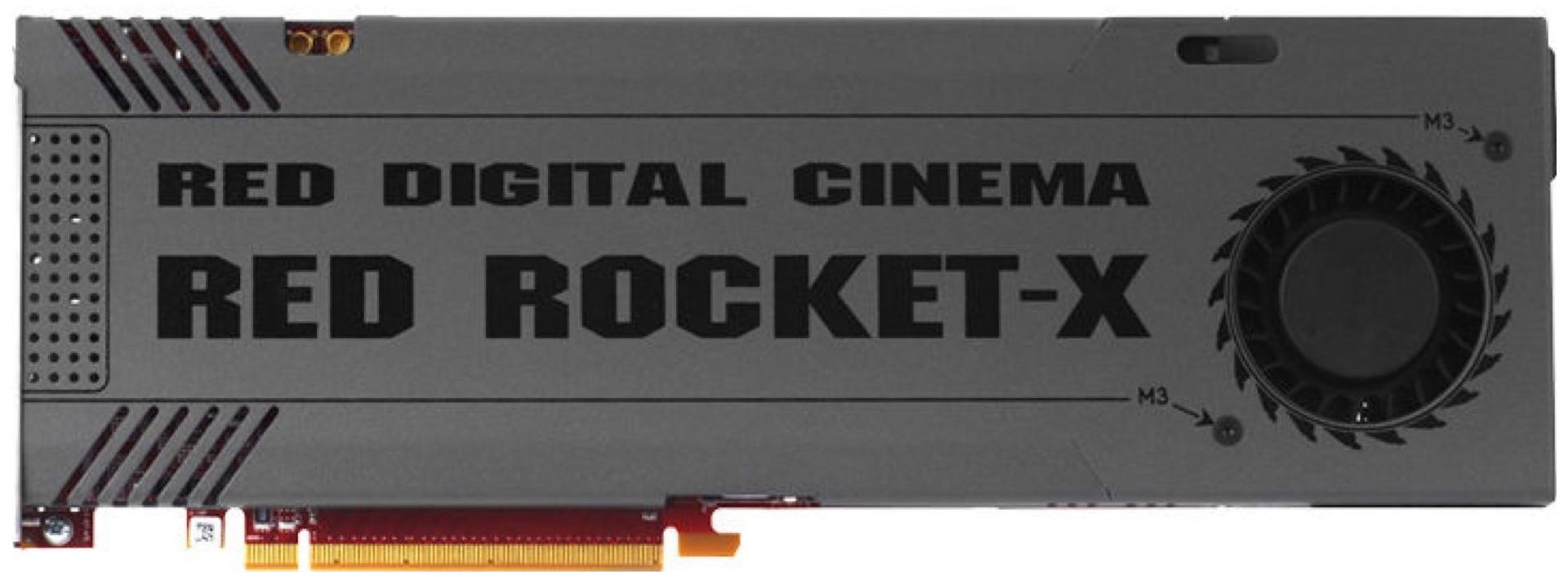
CPU beyond 100%
Before NVIDIA, the CPU was responsible for the decompression, and the GPU was dedicated for image processing (debayering). When the decompression process relies only on CPU 100% resources, it can lead to endless buffering time and slow playback. In that case, even powerful machines struggle to playback the 8K REDCODE. When the decompression process shifts to the GPU, then the CPU is more available for other tasks.
8K real-time 30 fps or greater playback performance
Before: CPU was responsible for decompression and encoding, and GPU for debayering. Now, the decompression shifts to the GPU and the CPU needs to handle only encoding tasks. The results are much faster transcoding (3-5 times faster). It wouldn’t be inaccurate to declare that RED and NVIDIA has a special bond between them.
According to RED, the benefits and efficiencies of this new software-hardware combination during the post-production process include:
- 8K real-time 30 fps or higher playback performance
- Up to 10x faster transcoding, depending on the format and content
- Improved efficiencies and quality control within the content review process
- Creative freedom using flexible R3D files instead of proxy data
- NVIDIA GPUs compatibility
NVIDIA RTX laptops including Razer, Acer, Alienware, ASUS, Dell, Gigabyte, HP, Lenovo, MSI, and Samsung, provide real-time playback at up to 8K
8K performance is available with NVIDIA Quadro RTX 6000 and 8000, GeForce RTX 2080 Ti and TITAN RTX GPUs when coupled with a moderately configured PC. Creators can achieve additional performance improvements with multi-GPU configurations and may see noticeable gains even with older NVIDIA GPUs. Also, new NVIDIA RTX laptops including Razer, Acer, Alienware, ASUS, Dell, Gigabyte, HP, Lenovo, MSI, and Samsung, provide real-time playback at up to 8K.
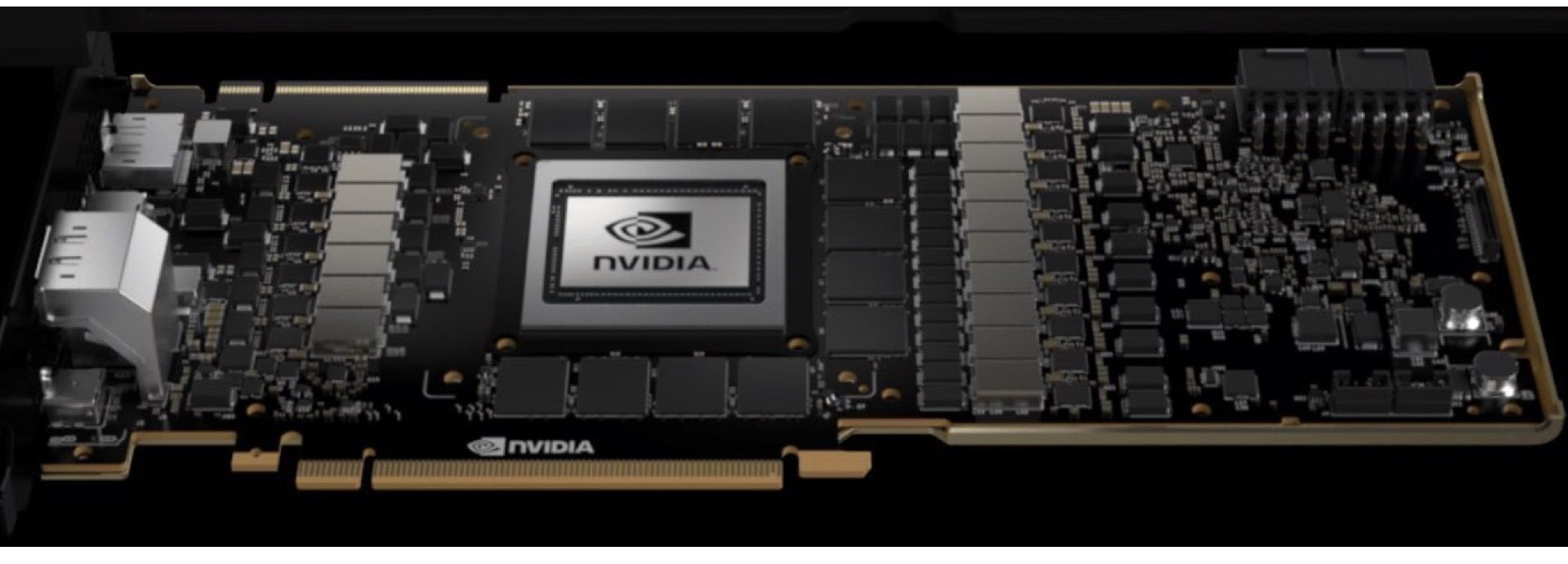
8K performance is available with NVIDIA Quadro RTX 6000 and 8000, GeForce RTX 2080 Ti and TITAN RTX GPUs
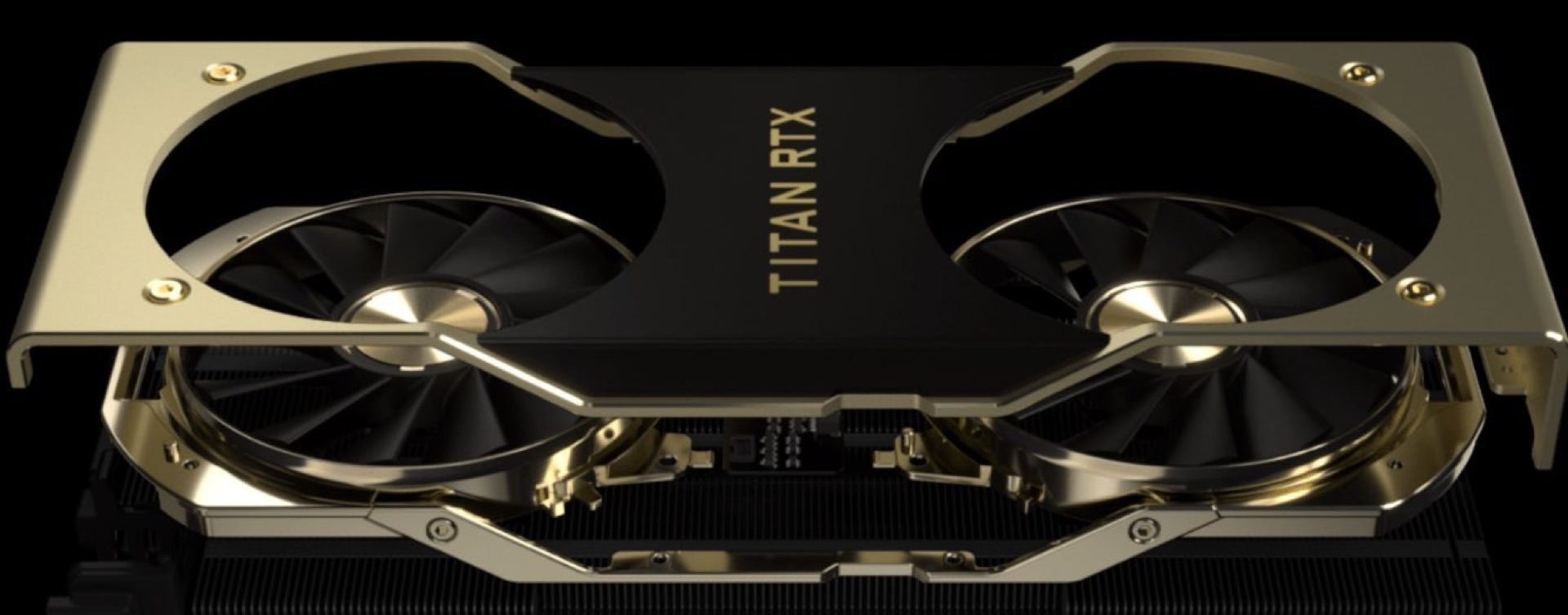
Apple is not relevant (for now)
Apple ceased to support NVIDIA GPUs. Why? There are a few speculations regarding this. One could be the complicated and long patent war between those two companies. Also, Apple supports AMD, and there is a chance that the Radeon VII will be implemented in the upcoming Mac Pro. However, AMD cars do not own CUDA architecture and thus perform less regarding 8K native editing.
REDCINE-X PRO v51
The new version of REDCINE-X is out of beta and includes some decent updates and added features which the most important is the Accelerated R3D decompression on supported NVIDIA CUDA GPUs that allows significantly improved 8K playback and transcoding performance on NVIDIA CUDA GPUs. You can download the RECINE-X PRO V51 from here.
SDK for NVIDIA CUDA R3D
The release of the SDK for NVIDIA CUDA R3D is even more important here since it potentially allows the implementation of the technology on other applications like NLEs (Premiere, DaVinci, AVID and more). However, this SDK cannot be used to implement GPU CUDA acceleration on FCPX, because it’s relevant only for Windows platform. You can download the R3D SDK from here.
Efficiency
In the video above, RED shows that this GPU acceleration works reasonably well! However, how well will it work in a real-world scenario (like editing a feature with multiple layer timeline)? I doubt if editors will edit entirely in native 8K files without transcoding them to proxies first. In that case, RED will have to find a way to utilize this technology in multiple GPUs mode.


